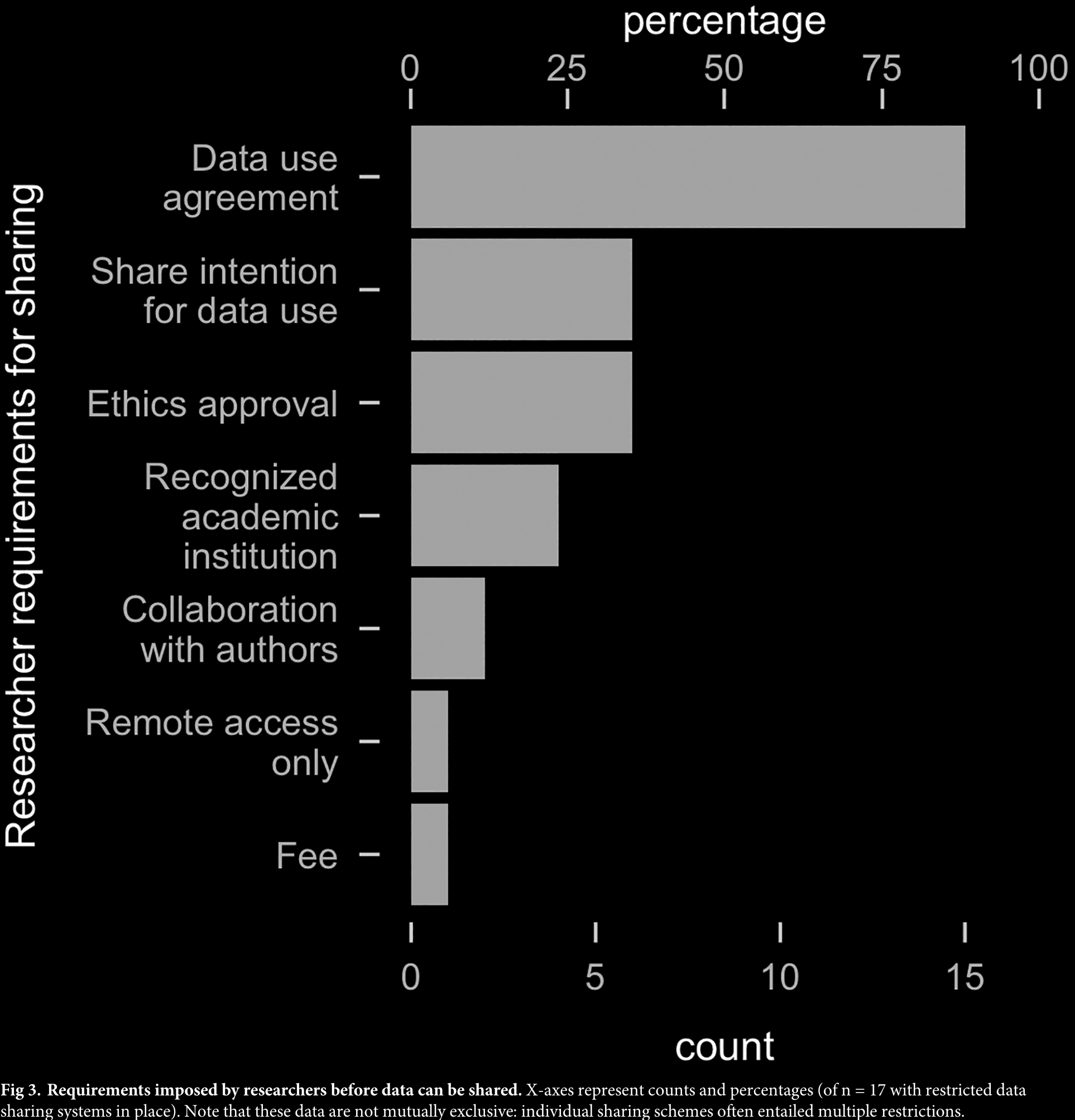
Reproducibility in linguistic research and R
What, Why, and How?
Daniela Palleschi
Humboldt-Universität zu Berlin
Wed Aug 21, 2024
Learning Objectives
Today we will learn about…
- what ‘reproducibility’ is and why/how to practice it
- FAIR principles for sharing our code and data
- concepts for building a reproducible workflow
What is Open Science?
“Open science” is an umbrella term used to refer to the concepts of openness, transparency, rigor, reproducibility, replicability, and accumulation of knowledge, which are considered fundamental features of science”
— Crüwell et al. (2019), p.3
- a movement developed to respond to crisis in scientific research
- lack of accessibility, transparency, reproducibility, and replicability of previous research
- transparency is key to all facets of Open Science
- it allows for full evaluation of all stages of science
- Open Access, software, data, code, materials…
Systemic problem in science
- the combination of
- publication bias
- journals favour novel, significant findings
- publish or perish
- researchers’ careers depend on publications
- publication bias
- can/does/did lead to:
- HARKing
- Hypothesising After Results are Known
- p-hacking
- (re-)running analyses until a significant effect is found
- replication crisis
- pervasive failure to replicate previous research
- HARKing
Why do Open Science?
- open science is good science
- it encourages organisation and planning
- helpful for future you
- increases transparency
- without transparency we cannot inspect evidence ourselves
- or ensure the claims match the evidence
- makes our work more robust
- so future work stands on solid ground
- not all-or-nothing
- there are things I consider the bare minimum
- detailed experiment plan, ideally public
- openly available materials (e.g., stimuli)
- share code and data
- the important thing is to do what you can
- which Open Science research practices in Figure 1 are relevant related to reproducibility?

What is reproducibility?
- one piece of the Open Science pie
- generating the same results with the same data and analysis scripts
- seems obvious, but requires organisation and forethought before and during data collection/analysis
- bare minimum: share the code and the data (Laurinavichyute et al., 2022)
Reproducibility vs. replication
- the two terms have been used interchangably in the past (e.g., in the title of Open Science Collaboration, 2015)
- we’ll define them as follows (and this is becoming the standard distinction, imo)
Reproducibility
- re-analysing the same data using (ideally) the same scripts, software, etc
- aim: produce the same results (means, model estimates, etc.)
- why: tests for errors, coding mistakes, biases, etc.
Replication
- re-running a previous experiment, ideally with the same materials, set-up, etc.
- ideally the same analysis workflow as the original study (i.e., like reproducing the analyses but with new data)
- aim: test whether results are replicated with new data in terms of direction and magnitude
- in short:
- reproducibility = re-analysis of the same data
- replication = collection of new data
Why implement reproducibility in my workflow?
- firstly: the help future you (or collaborators/other researchers)!
- you may return to your analyses tomorrow, next month, or next year
- to ensure robustness and to document your steps
- ‘researcher degrees of freedom’ and the ‘garden of forking paths’: there’s more than one way to analyse a certain dataset
- we can try to plan ahead in detail (e.g., pre-reigster your analysis plan), but there will always be decisions made that were not foreseen
- lastly: it makes your life much easier and streamlines your workflow
How to implement reproducibility?
- not exactly straightforward
- there are degrees of reproducibility
- the rest of our time will be spent on this topic
- sharing code and data is a first step
- think of the FAIR principles of data sharing
- apply them to sharing analyses as well
Practice FAIR principles
- guidelines for sharing digital resources
- refers broadly to data, but we’ll consider it in terms of analyses

- findable and accesssible refer to where materials are stored
- in findable repositories
- that are accessible, i.e., do not require an account
- interoperable and reusable emphasise the format of data (and code)
- the importance of future use
- and use beyond your precise computational environment
Code review
- a great way to test the FAIR principles
- code review!
- i.e., have a colleague try to access your data/run your code
- either via an online repository
- or send them your project folder
The reproducibility spectrum
- reproducibility is on a continuum, referred to as the reproducibility spectrum in Peng (2011) (Figure 3)
- linked means “all data, metadata, and code [is] stored and linked with each other and with corresponding publications” (Peng, 2011, p. 1227)
- executable is not explained, and is more difficult to guarantee long-term as it depends on software versions
- but at minimum we can assume it refers to code running on someone else’s machine

Figure 3: Source: Peng (2011)
Data and code availability
- “data available upon (reasonable) request”
- generally not true
- data was not available in 68% of the most cited psychology studies (2006-2016) (Hardwicke & Ioannidis, 2018)
- a further 18% were available with restrictions
- only 11% available without restriction
- data alone is not sufficient
- ‘Data Analysis’ sections are rarely exhaustive/unambiguous
- very difficult to re-create analyses without code
- e.g., is data trimming explicitly defined?
- this will even affect descriptive statistics

Share the code, not just the data
- Why?
- key details are often missing from ‘Methods’ sections
- suggestions for researchers from Laurinavichyute et al. (2022)
- Share data in usable form
- with pre-processing code
- Use publicly accessible repositories
- e.g., OSF
- Use non-proprietary data formats
- e.g., not
.xlsfiles (Excel)
- e.g., not
- Provide documentation
- e.g., README, data dictionaries
- Share code and data
- they estimate a 38% increase in reproducibility
- Teach data management and computing skills
- that’s what this course is for!
Data and code \(\neq\) Reproducibility
even including code does not guarantee reproducibility
access to data and code do not mean analyses are reproducible
what can go wrong? Examples from Laurinavichyute et al. (2022)
- Data problems
- inaccessible data
- incomplete data (e.g., 2/3 experiments)
- Code problems
- incomplete code
- error messages
- code rot: outdated syntax or environment
- proprietary software
- Documentation problems
- data difficult to interpret
- no README file/data dictionary
- unclear folder/file/variable naming convention
- manuscript contradicts code
- Unclear terms of use
- no licence specification
What should (ideally) be shared?
- materials
- protocols
- stimuli
- experiment set-up
- documentation
- README
- metadata
- data
- raw
- e.g., text files, audio, video, or images
- processed
- raw
- analysis code
- pre-processing
- analyses
- materials are helpful for replication
- but also for inspection of e.g., design
- data and code are necessary for reproducibility
- along with proper documentation of software used
Reproducibility rates of published works
- rates of reproducibility vary across fields (see Bochynska et al., 2023 for a review)
- open access: 25-65%
- data and analyses sharing: 11-33%
- pre-registrations: 0-3%
Reproducibility rates in linguistic research

- meta-analysis of 519 randomly sampled articles from various linguistic journales
- pre- and post-reproducibility crisis (2008/9, 2018/19) (Bochynska et al., 2023)
- differentiated between primary (collected for study) and secondary (pre-existing) data
- reported a post-RC increase in shared materials, data, and analyses
- but still low rates of each
- higher rates of secondary data sharing, presumably due to publicly available corpora
- data shared more often than analyses, pre- and post-RC
Journal of Memory and Language
- meta-analysis of articles from JML (Laurinavichyute et al., 2022)
- before and after an Open Science Policy was introduced in 2019

Figure 6: Source: Laurinavichyute et al. (2022), p. 5 (all rights reserved)
- code and data availability improved
- but reproducibility rate ranged from 34-56%, depending on criteria
- higher rates compared to field-wide meta-analysis (Bochynska et al., 2023)
Steps we’ll take
- Open source software:
- R, an open source statistical programming language
- in RStudio, an IDE (integrated developer environment)
- with R Projects
- Project-oriented workflow:
- establish folder structure
- and file/variable naming conventions
- use project-relative filepaths with the
herepackage - establish and maintain project-relative package library with
renv(time permitting)
- Practice literate programming:
- writing clean, commented, linear code
- in dynamic reports (e.g., Quarto, R markdown)
- practice modularity, i.e., 1 script = 1 purpose
- Sharing and checking our code
- uploading our code and data to an OSF repository
- conducting a code review
Learning objectives 🏁
Today we learned…
- what ‘reproducibility’ is and why/how to practice it ✅
- FAIR principles for sharing our code and data ✅
- concepts for building a reproducible workflow ✅
References
Bochynska, A., Keeble, L., Halfacre, C., Casillas, J. V., Champagne, I.-A., Chen, K., Röthlisberger, M., Buchanan, E. M., & Roettger, T. B. (2023). Reproducible research practices and transparency across linguistics. Glossa Psycholinguistics, 2(1). https://doi.org/10.5070/G6011239
Crüwell, S., Van Doorn, J., Etz, A., Makel, M. C., Moshontz, H., Niebaum, J. C., Orben, A., Parsons, S., & Schulte-Mecklenbeck, M. (2019). Seven Easy Steps to Open Science: An Annotated Reading List. Zeitschrift Für Psychologie, 227(4), 237–248. https://doi.org/10.1027/2151-2604/a000387
Hardwicke, T. E., & Ioannidis, J. P. A. (2018). Populating the Data Ark: An attempt to retrieve, preserve, and liberate data from the most highly-cited psychology and psychiatry articles. PLOS ONE, 13(8), e0201856. https://doi.org/10.1371/journal.pone.0201856
Kathawalla, U.-K., Silverstein, P., & Syed, M. (2021). Easing Into Open Science: A Guide for Graduate Students and Their Advisors. Collabra: Psychology, 7(1), 18684. https://doi.org/10.1525/collabra.18684
Laurinavichyute, A., Yadav, H., & Vasishth, S. (2022). Share the code, not just the data: A case study of the reproducibility of articles published in the Journal of Memory and Language under the open data policy. Journal of Memory and Language, 125, 12.
Open Science Collaboration. (2015). Estimating the reproducibility of psychological science. Science, 349(6251), aac4716. https://doi.org/10.1126/science.aac4716
Peng, R. D. (2011). Reproducible Research in Computational Science. Science, 334(6060), 1226–1227. https://doi.org/10.1126/science.1213847
SSOL 2024